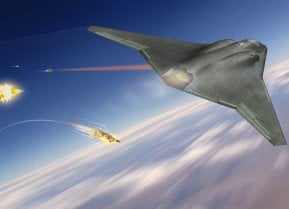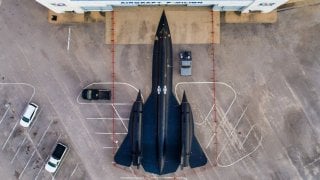SR-72: The Air Force's New Hypersonic Bomber?
The SR-72, known as the "Son of Blackbird," is poised to succeed the SR-71 Blackbird, one of the fastest surveillance planes of the Cold War era. With hypersonic speeds, the SR-72 aims to penetrate near-peer rivals' defenses, such as China's advanced anti-access/area-denial (A2/AD) bubbles.
What You Need to Know: The SR-72, known as the "Son of Blackbird," is poised to succeed the SR-71 Blackbird, one of the fastest surveillance planes of the Cold War era. With hypersonic speeds, the SR-72 aims to penetrate near-peer rivals' defenses, such as China's advanced anti-access/area-denial (A2/AD) bubbles.
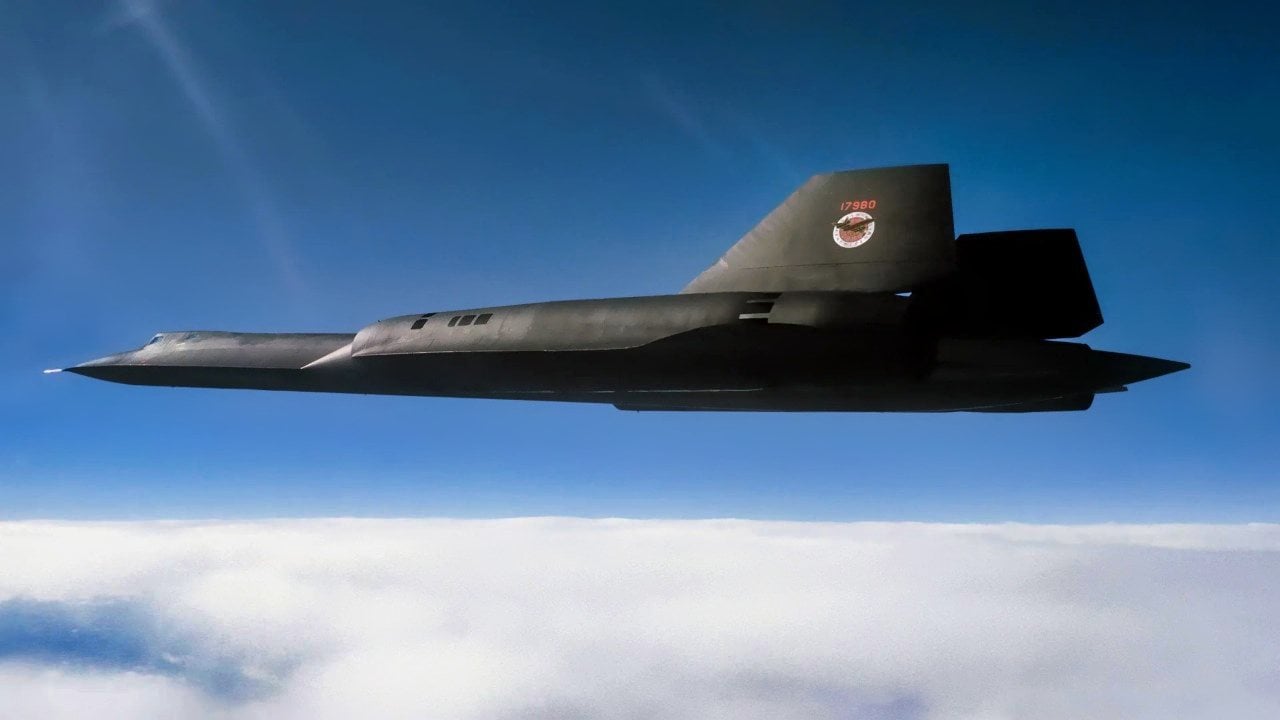
-Unlike stealth planes, the SR-72’s speed could outpace detection systems, delivering critical strikes and returning safely. Potential weaponization of the SR-72 would counteract Chinese advancements in radar and hypersonic weaponry, helping the U.S. maintain aerial superiority.
-If developed, this hypersonic aircraft would place America back at the forefront of military aviation technology.
SR-72 Hypersonic Jet: The U.S. Air Force’s Game-Changing ‘Son of Blackbird
America is likely building “The Son of Blackbird,” officially labeled the “SR-72.” For those who might not have been around at the time, the SR-71 “Blackbird” was the supersonic surveillance bird that broke almost every flying record known to Man in its service record. These UFO-looking planes were themselves the successor craft to another, legendary plane, the U-2.
A Rich Lineage
The logic behind the SR-72 was that the US military needed to gain accurate surveillance of sensitive Soviet military installations. The U-2 was helpful. But, by the time the SR-71 had come online, the Soviets had perfected anti-aircraft weapons to such a point that the U-2 was at risk of being shot down.
Hence, Washington devised the SR-71 which could theoretically outfly any Soviet anti-aircraft system as well as most Soviet warplanes that might have been deployed to intercept the Blackbird.
The SR-71, however, was retired.
The Cold War came to an end and Washington no longer prioritized its mission the way it once did. With the rise of near-peer competitors in the 21st century, though, that’s changing. America needs to get its next-generation birds going—now.
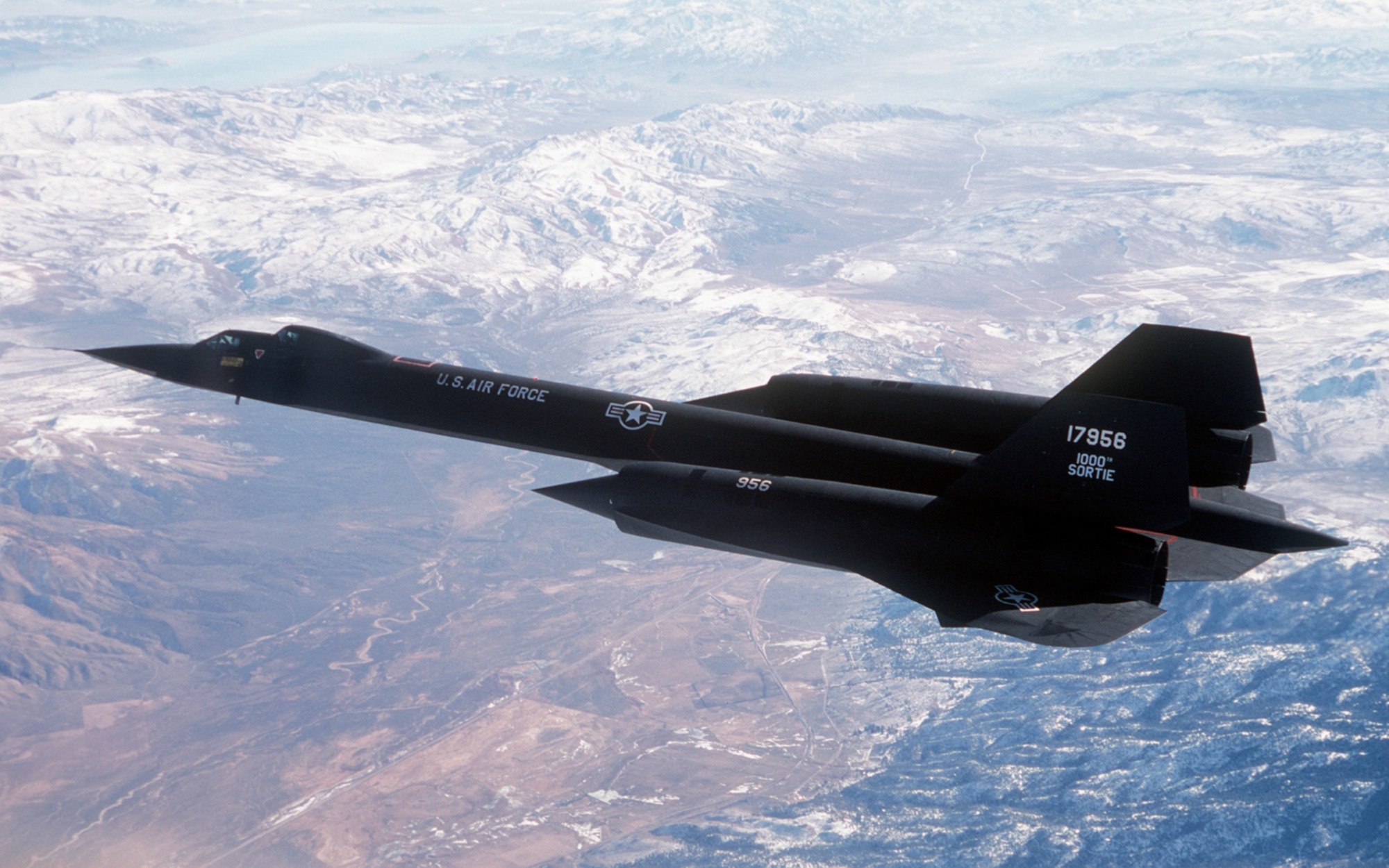
Yet, they should probably be much more than just surveillance birds. After all, drones and satellites can do those missions much more effectively and likely safer than can manned birds.
Still, the notion of creating a next-generation hypersonic bird, like the SR-72, is the right path. And now that the Air Force is ruminating about the notion of making the proposed SR-72 weapons-capable, we have an entirely new dynamic being crafted.
Indeed, if these birds are given a full weapons package—and as long as those armaments do not negate the hypersonic capabilities of the SR-72—the Air Force would theoretically be able to penetrate whatever sophisticated anti-access/area-denial (A2/AD) defensive bubbles near-peer rivals, like China, may establish in contested regions.
Why China Complicates the US Air Force’s Plans
Chinese advances in stealth detection technology have reached such a point that the American commitment to stealth capabilities might end up being useless. New innovations like artificial intelligence (AI) or even the next-level quantum radar could theoretically make stealth planes completely visible to Chinese anti-aircraft systems long before those birds ever got within range of potential Chinese targets.
But a truly hypersonic attack aircraft, like the proposed SR-72, might not need to rely upon stealth as much as other American planes do. They could simply outfly whatever systems a near-peer rival, like China, has crafted, deliver its payload, and continue to safety without ever having its proverbial hair mussed. Indeed, hypersonic weapons and aircraft are the wave of the future.
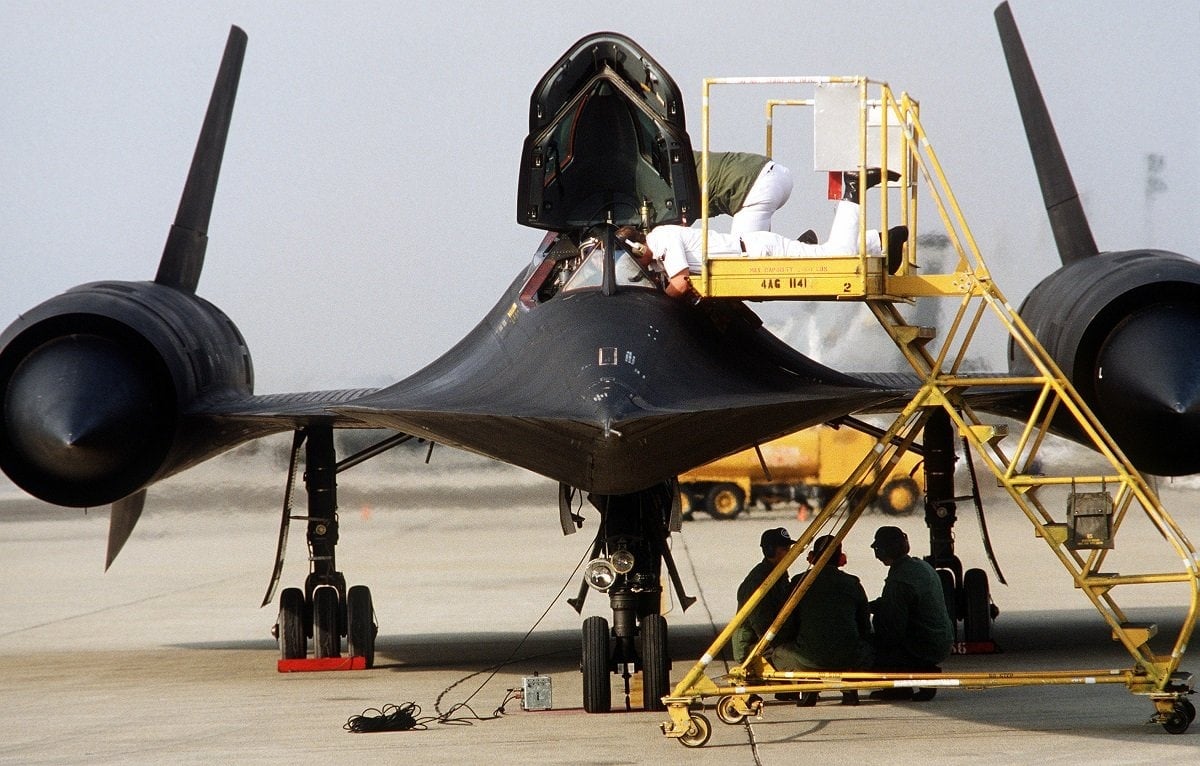
Even the Chinese and Russians acknowledge this. The militaries of both of those near-peer rivals have already embraced hypersonic weapons and have leapfrogged the Americans in this key technological area.
SR-72: Let’s Make a Hypersonic Bomber Already
A hypersonic, somewhat stealthy plane, like the SR-72 places the Americans back in the running. What’s more, the concept is really cool. It was already, somewhat, popularized by the 2022 hit film Top Gun: Maverick.In that film, Tom Cruise’s ace pilot takes an SR-72-like plane into combat with lethal results for America’s enemies. In fact, the mock-up made by the film’s producers (with the help of Lockheed engineers) was so realistic that China’s military re-tasked one of its surveillance satellites to monitor the fake bird, thinking it was real.
Clearly, Beijing is wigged out by the prospects of a real-life SR-72—especially if it were designed to be a long-range strike aircraft. The Air Force should make that a reality. Even if it has to cut other programs, like the wasteful Next-Generation Air Dominance (NGAD) program.
About the Author
Brandon J. Weichert, a National Interest national security analyst, is a former Congressional staffer and geopolitical analyst who is a contributor at The Washington Times, the Asia Times, and The-Pipeline. He is the author of Winning Space: How America Remains a Superpower, Biohacked: China’s Race to Control Life, and The Shadow War: Iran’s Quest for Supremacy. His next book, A Disaster of Our Own Making: How the West Lost Ukraine, is due October 22 from Encounter Books. Weichert can be followed via Twitter @WeTheBrandon.
Image Credit: Creative Commons and/or Shutterstock are of SR-71.
From the Vault
Russia Freaked Out: Why the U.S. Navy 'Unretired' the Iowa-Class Battleships
Battleship vs. Battlecruiser: Iowa-Class vs. Russia's Kirov-Class (Who Wins?)
